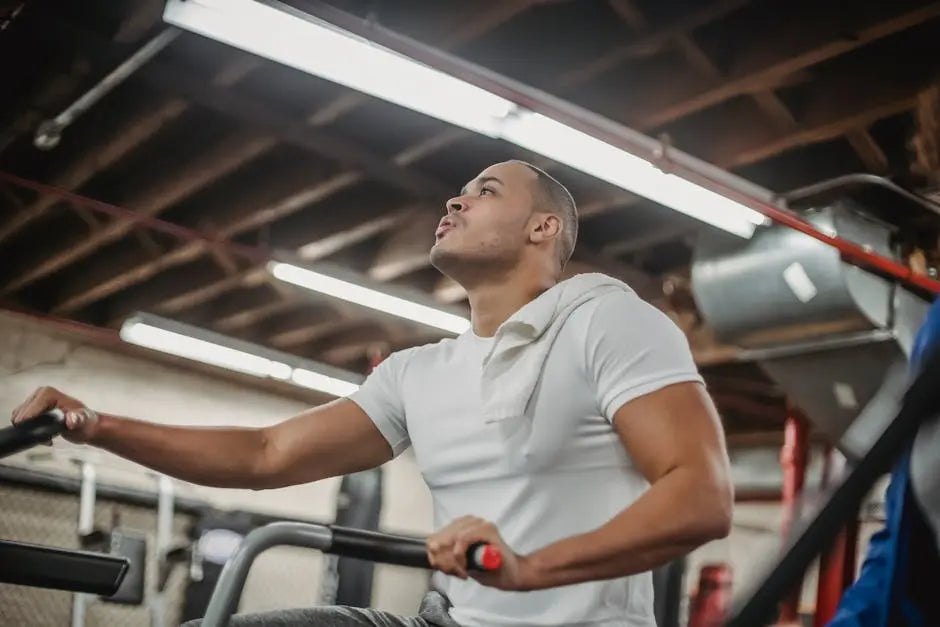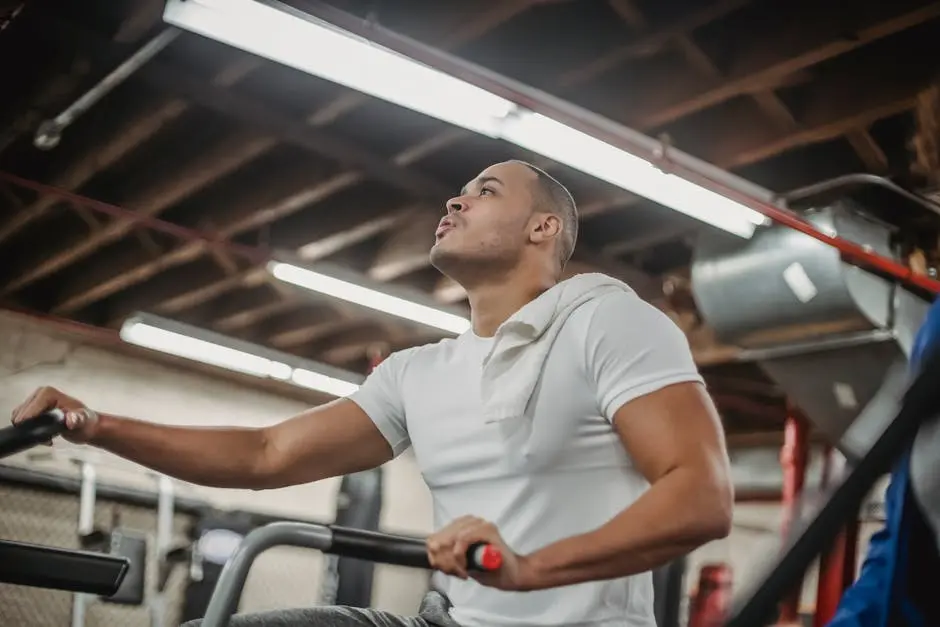
9 Simple Maintenance Tricks for a Longer-Lasting Stationary Bike
Share
Keeping your stationary bike in prime condition can significantly enhance its lifespan and performance. With just a few simple maintenance tricks, you can avoid extensive repairs and ensure a smooth, efficient ride every time. Whether you’re a seasoned cyclist or just starting out, these tips are easy to follow and incredibly effective.
1. Regular Cleaning Routine
A clean bike is a happy bike! Dust, sweat, and debris can accumulate on your stationary bike, leading to wear and tear. Make it a habit to wipe down the frame, handlebars, and pedals after each session to keep it looking good and running smoothly.
Remember, cleaning your stationary bike isn’t just about appearances. Debris can interfere with moving parts, affecting performance. A simple soft cloth and mild detergent can work wonders. Focus on areas like the handlebars and seat post, where dust settles easily. After wiping it down, dry it off to prevent moisture buildup.
2. Inspect and Tighten Bolts
Over time, vibrations from your workouts can cause bolts to loosen. Periodically check and tighten all bolts to ensure safe and stable rides. Pay special attention to the handlebars and seat posts.
For your safety, regular checks are crucial. Loose bolts can create instability, increasing the risk of injury. Use a wrench set for precise tightening, and pay attention to any unusual noises during workouts—these could indicate something’s amiss.
3. Lubricate Moving Parts
Friction is the enemy of a smooth ride. Apply lubricant to the chain, flywheel, and pedal pivots to minimize friction and reduce noise. Be sure to use a product designed for indoor exercise equipment.
Not all lubricants are created equal. Choose a high-quality, silicone-based lubricant suitable for exercise equipment to avoid sticky residue issues. Regular lubrication ensures that your stationary bike operates quietly and efficiently, much like a well-oiled machine, providing you with uninterrupted workout sessions.
4. Monitor and Adjust Tension
To ensure resistance settings are accurate, regularly check the tension belt or chain. Adjust as necessary to maintain a consistent level of difficulty in your workouts.
When the tension is just right, you’ll enjoy a more effective workout. Too loose, and it may not offer enough challenge; too tight, and it could wear the components prematurely. Assessing tension regularly can help maintain balanced workouts and prevent unnecessary strain.
5. Keep an Eye on the Display Console
Ensure the display console is functioning correctly by replacing batteries when low and checking all connections. A responsive console is key to tracking your fitness progress.
Your display console is a window to your fitness achievements. A quick battery check can save you from losing valuable data. Consider investing in long-lasting batteries for uninterrupted tracking, and keep the console dust-free for better visibility and performance.
6. Protect Your Bike from Moisture
Humidity and sweat can cause rust and corrosion. Place your bike in a dry, cool place and use a mat underneath to catch sweat. This helps in preserving the bike’s components.
Rust is the enemy of metal components. Consider this: a simple precaution like using a protective mat can mean the difference between years of use and premature deterioration of your equipment. Also, avoid placing the bike near open windows where rain or condensation might harm it.
Using dehumidifiers or fans can further protect your equipment, especially if your workout space is prone to dampness. These measures can help maintain the bike’s integrity, ensuring long-lasting use and optimal performance.
7. Check for Wear and Tear
Inspect your bike for any signs of wear, like cracked pedals or frayed cables. Addressing these issues early prevents more significant problems from developing.
Regular checks can save you from costly repairs. Use these inspections to familiarize yourself with your bike’s intricacies. This way, you’ll notice when something is amiss, be it a loose pedal or an unusual noise indicating a fraying belt. Such foresight ensures your stationary bike remains in top form for years to come.
8. Test the Braking System
A reliable braking system is crucial for safety, particularly for bikes with variable resistance. Regularly test and adjust the brakes to ensure they engage smoothly and effectively.
Brakes that respond instantly and smoothly are crucial for a safe and effective workout. If you feel any resistance or hear unusual noises, investigate immediately. A simple brake adjustment can enhance your workout experience and prevent accidents.
9. Schedule Professional Check-Ups
Even with diligent maintenance, it’s wise to have your bike professionally serviced at least once a year. A trained technician can spot issues you might miss and keep your equipment in top shape.
Consider professional servicing as an investment in both safety and performance. Experts can not only fix existing problems but also give insights about future upgrades or modifications that could benefit your workout routine. They ensure your equipment is always future-proofed and ready for new challenges.

